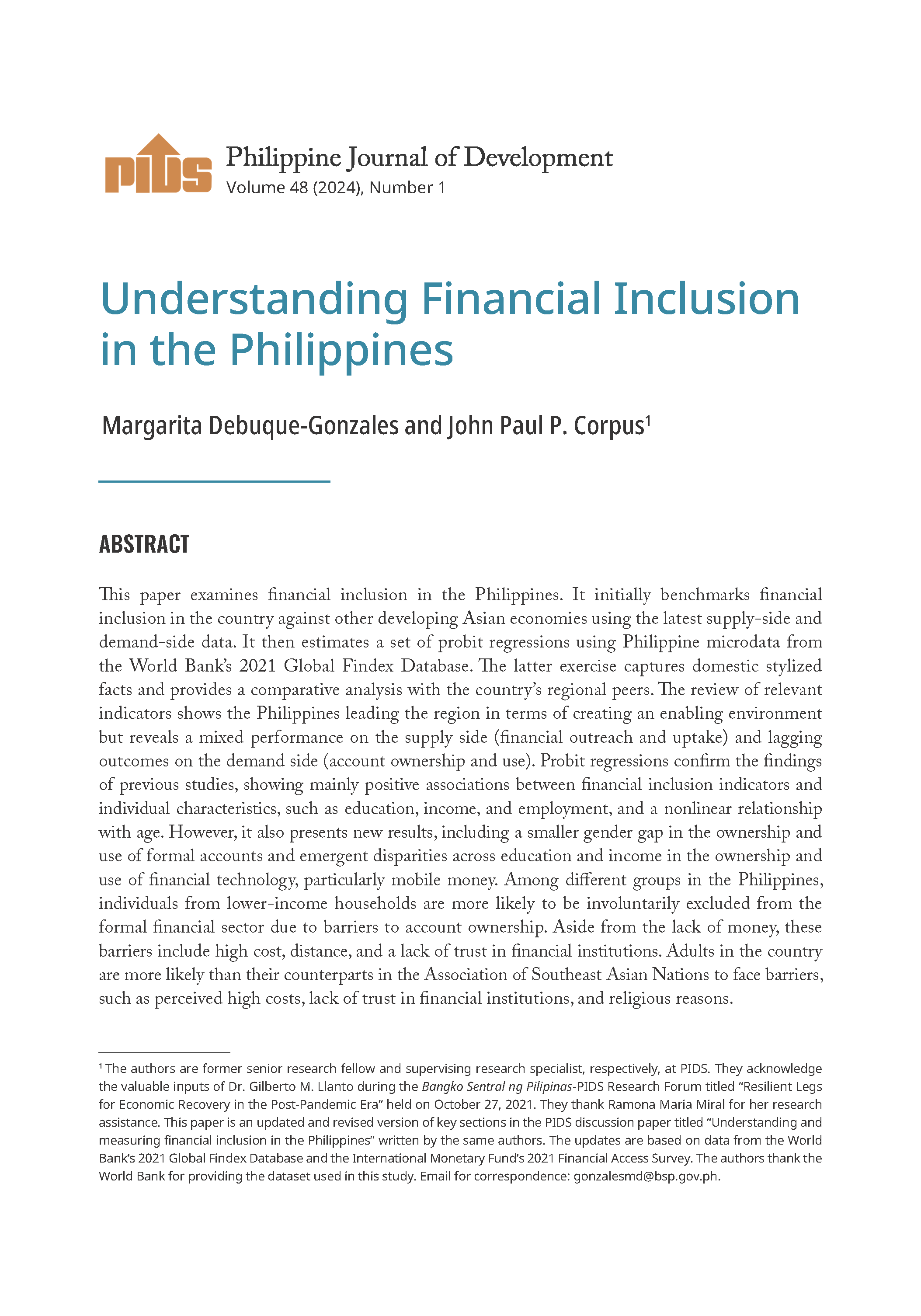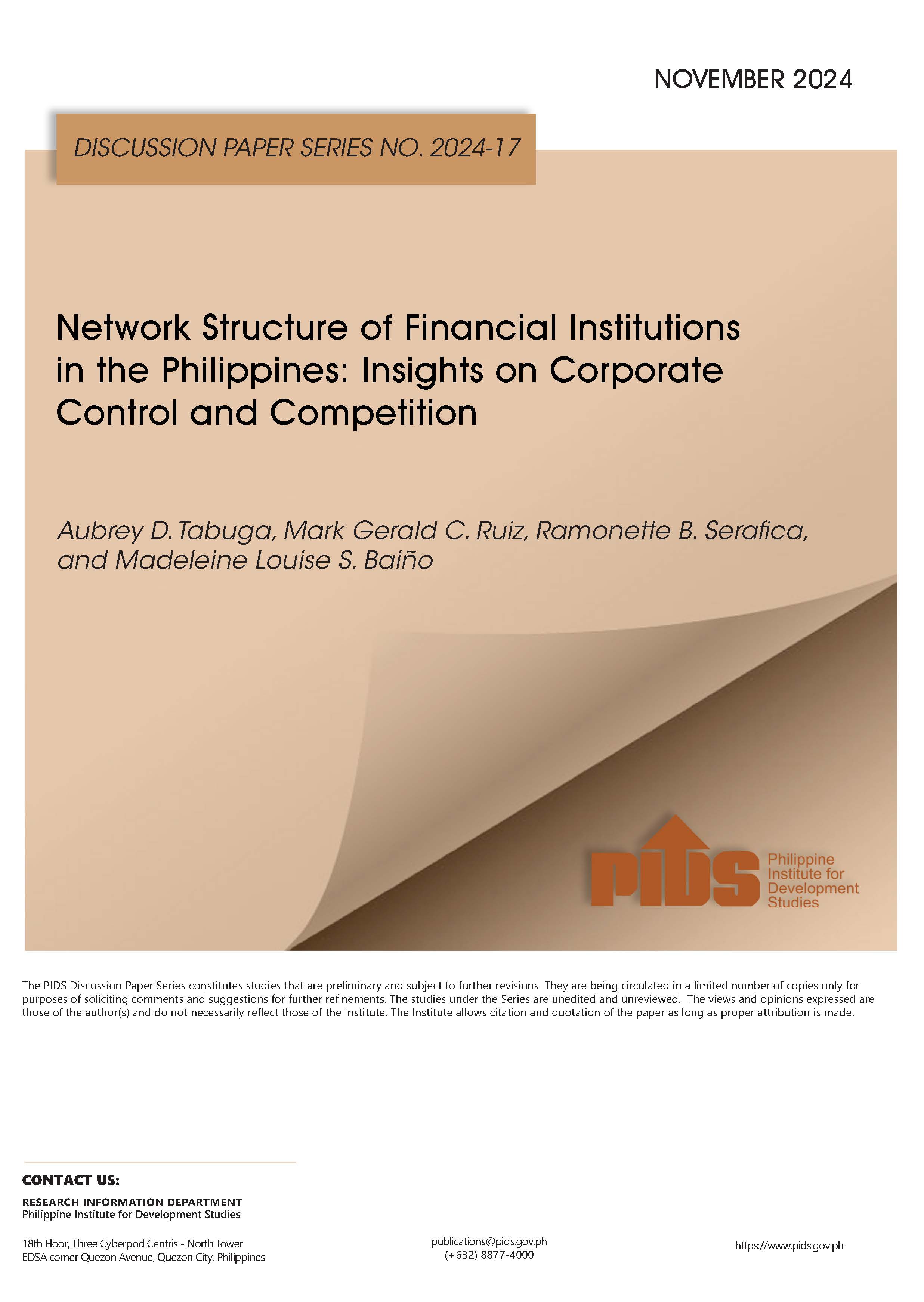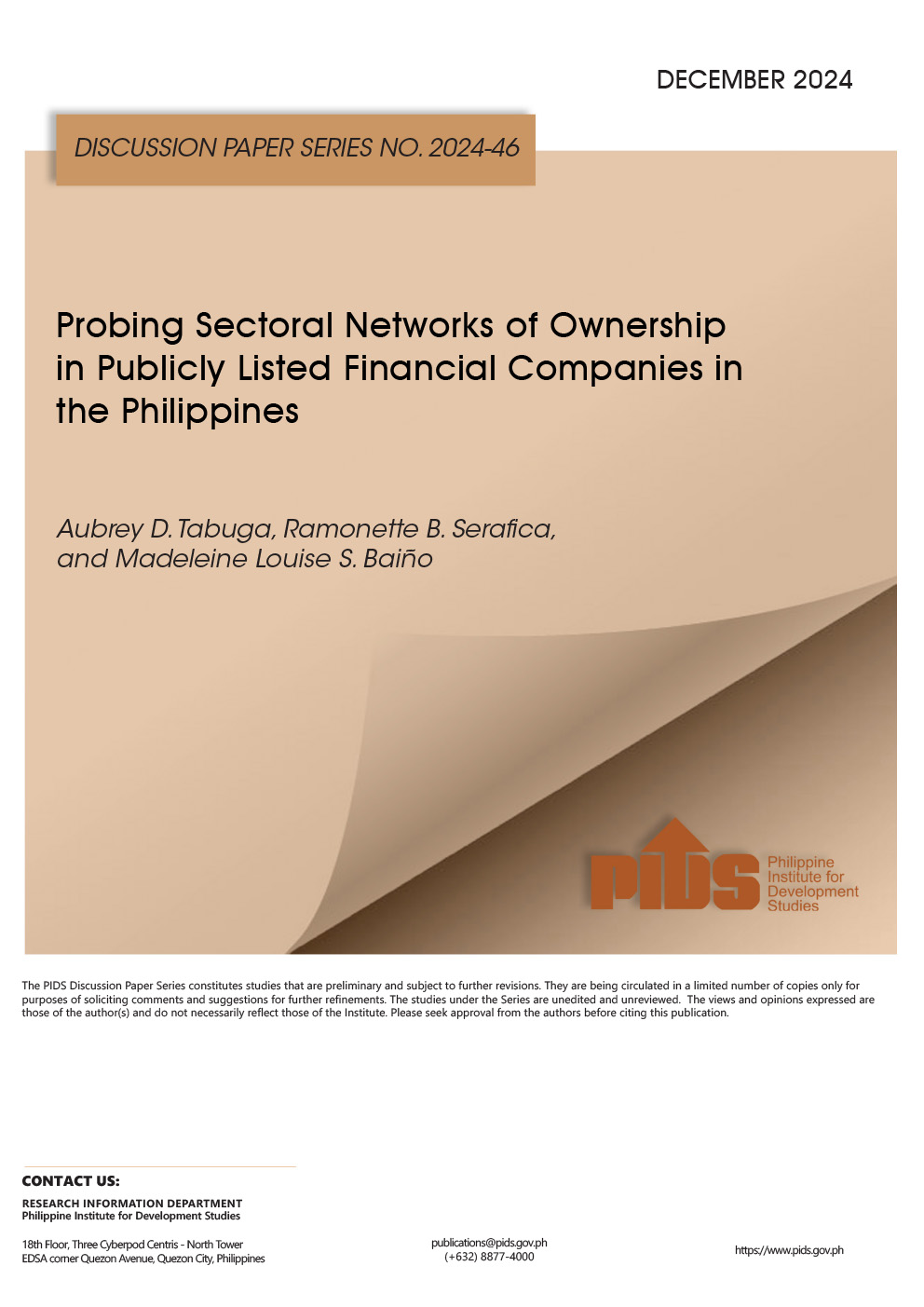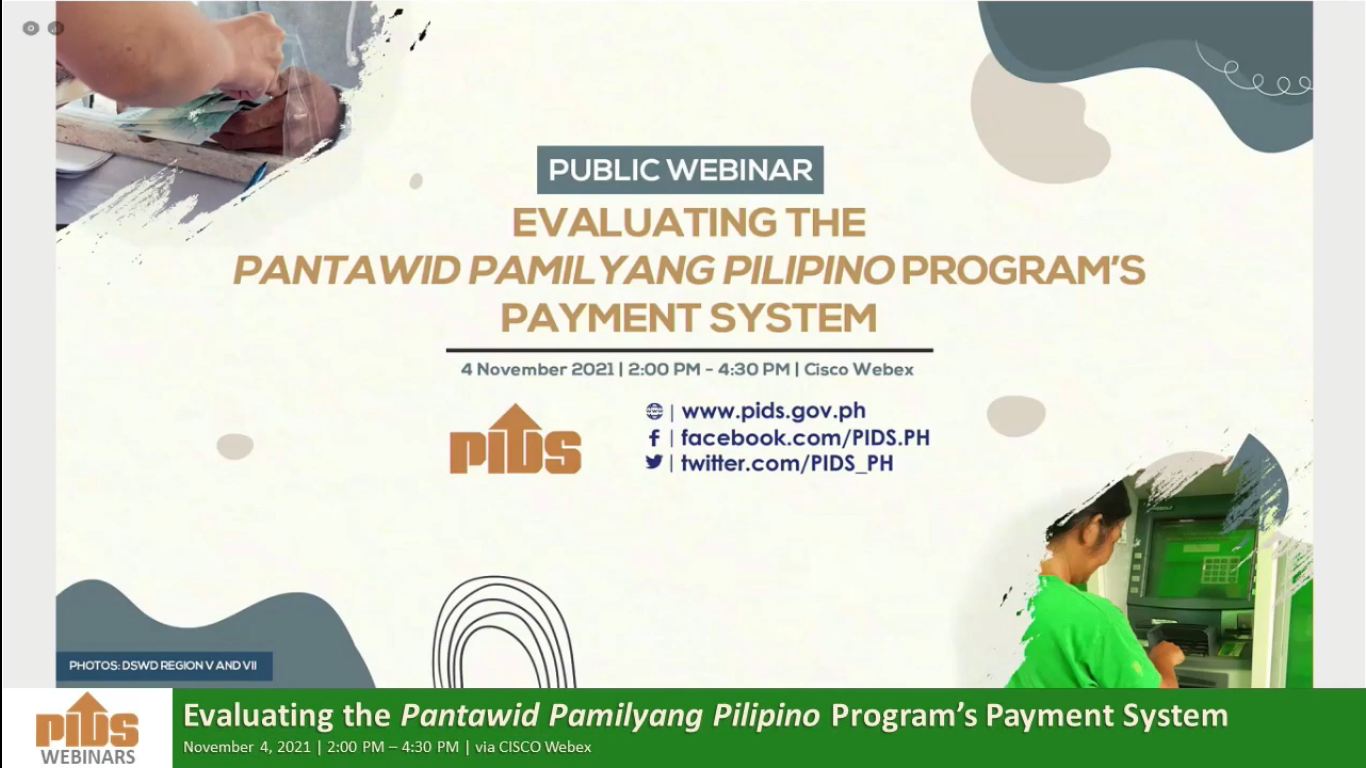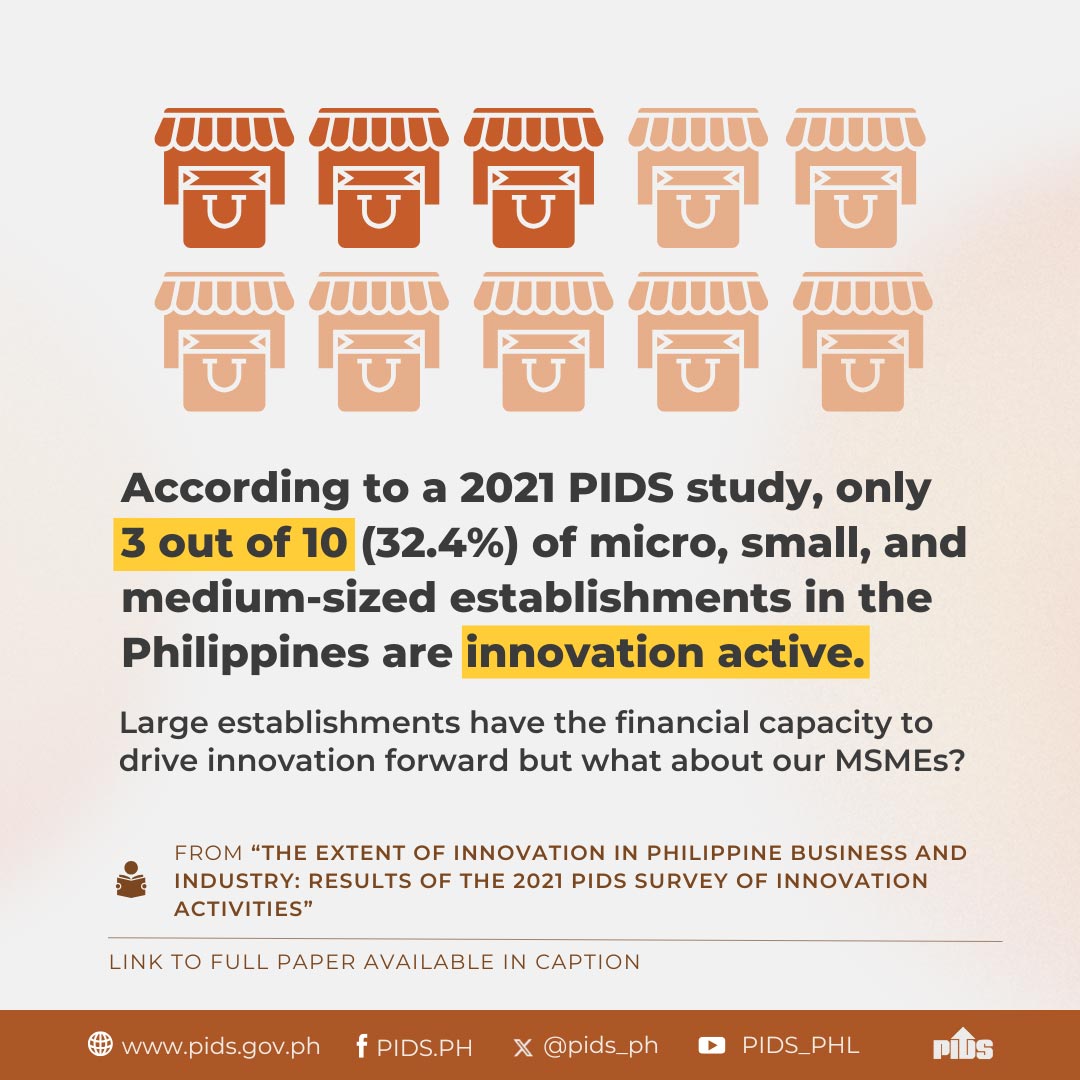Access to finance is the lifeline of small and medium enterprises (SMEs). Majority of Asian economies, however, have bank-dominated financial systems that are cautious to lend to SMEs despite their contribution as source of more than two-thirds of jobs in the Asia-Pacific Economic Cooperation (APEC) region.
This challenge confronting SMEs was underscored by policy researchers present at the APEC Study Centers Consortium (ASCC) Conference 2015 held on May 12-13 in Boracay Island. Organized by state think tank Philippine Institute for Development Studies and the Philippine APEC Study Center Network, in collaboration with the Ateneo de Manila University and the Asian Development Bank Institute, the conference was part of the Second Senior Officials Meeting (SOM2) and Related Meetings of APEC 2015.
The absence of credit data and the perceived risks in lending to SMEs are concerns inherent to SMEs. But Naoyuki Yoshino of the ADBI and Keio University in Japan said a credit rating system for SMEs may solve these issues.
A useful model is now being used in Japan wherein 52 credit guarantee corporations from the government collected data from Japanese SMEs. The data are now stored in a private corporation called Credit Risk Database (CRD), which now contains information on 14.4 million SMEs, including default data from 1.7 million SMEs.
“If similar systems could be established in other parts of Asia to accumulate and analyze credit risk data and to measure each SME`s credit risk accurately, banks and other financial institutions can use the information to categorize SME customers based on their financial health. SMEs would also benefit as they could both raise funds from the banks more easily and gain access to the debt market by securitizing their claims,” Yoshino explained.
Development of SMEs in the APEC region is a key to attaining resilient national economies. The ongoing Euro crisis and economic uncertainties require policymakers to develop resilient SMEs that could stimulate the growth of their industrial sector.
Meanwhile, Eunsook Seo of Sangmyung University in South Korea suggested that the definition of SMEs must be worked out, by having a unified criteria for standard SMEs and innovative SMEs. She added that the high-growth, innovation-based characteristics of small companies most suited for equity market financing are not covered by the standard SME definitions.
“There is a need to establish an equity market-based support system that specifically caters to the needs of SMEs. It is also important to analyze the strengths and weaknesses of equity markets in individual countries, and to explore what kind of system will be needed under financial cooperation,” Seo noted.
This challenge confronting SMEs was underscored by policy researchers present at the APEC Study Centers Consortium (ASCC) Conference 2015 held on May 12-13 in Boracay Island. Organized by state think tank Philippine Institute for Development Studies and the Philippine APEC Study Center Network, in collaboration with the Ateneo de Manila University and the Asian Development Bank Institute, the conference was part of the Second Senior Officials Meeting (SOM2) and Related Meetings of APEC 2015.
The absence of credit data and the perceived risks in lending to SMEs are concerns inherent to SMEs. But Naoyuki Yoshino of the ADBI and Keio University in Japan said a credit rating system for SMEs may solve these issues.
A useful model is now being used in Japan wherein 52 credit guarantee corporations from the government collected data from Japanese SMEs. The data are now stored in a private corporation called Credit Risk Database (CRD), which now contains information on 14.4 million SMEs, including default data from 1.7 million SMEs.
“If similar systems could be established in other parts of Asia to accumulate and analyze credit risk data and to measure each SME`s credit risk accurately, banks and other financial institutions can use the information to categorize SME customers based on their financial health. SMEs would also benefit as they could both raise funds from the banks more easily and gain access to the debt market by securitizing their claims,” Yoshino explained.
Development of SMEs in the APEC region is a key to attaining resilient national economies. The ongoing Euro crisis and economic uncertainties require policymakers to develop resilient SMEs that could stimulate the growth of their industrial sector.
Meanwhile, Eunsook Seo of Sangmyung University in South Korea suggested that the definition of SMEs must be worked out, by having a unified criteria for standard SMEs and innovative SMEs. She added that the high-growth, innovation-based characteristics of small companies most suited for equity market financing are not covered by the standard SME definitions.
“There is a need to establish an equity market-based support system that specifically caters to the needs of SMEs. It is also important to analyze the strengths and weaknesses of equity markets in individual countries, and to explore what kind of system will be needed under financial cooperation,” Seo noted.

